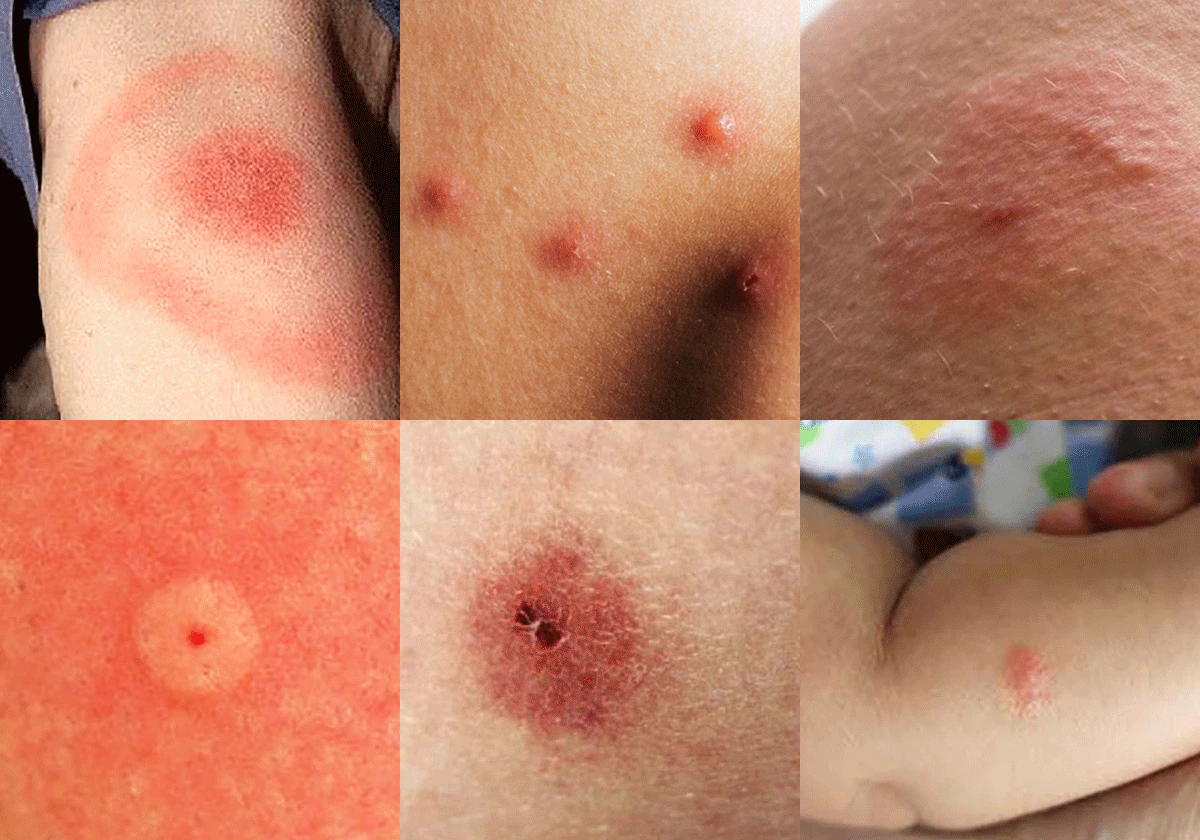In pictures: How to tell the difference between common bug bites and stings
It's not always easy to avoid being stung or bitten by mosquitoes, wasps, fleas, bees, horseflies, ticks or spiders, but it is important to know what has bitten you in order to get the treatment right
Carmen Barreiro
Madrid
Wednesday, 24 July 2024, 18:30
As the temperatures rise, so do the numbers of troublesome insect bites and stings. Mosquitoes, fleas, horseflies, ticks, wasps, bees or spiders can cause painful wounds, welts, itching or even trigger an allergic reaction that can - in rare instances - even end our lives, as is the case for some with wasp stings. Avoiding attacks is not easy, but knowing which bug has bitten or stung us helps us a lot in order to treat it. These are the main stings and bites that we might suffer over the next couple of months.
Mosquitoes
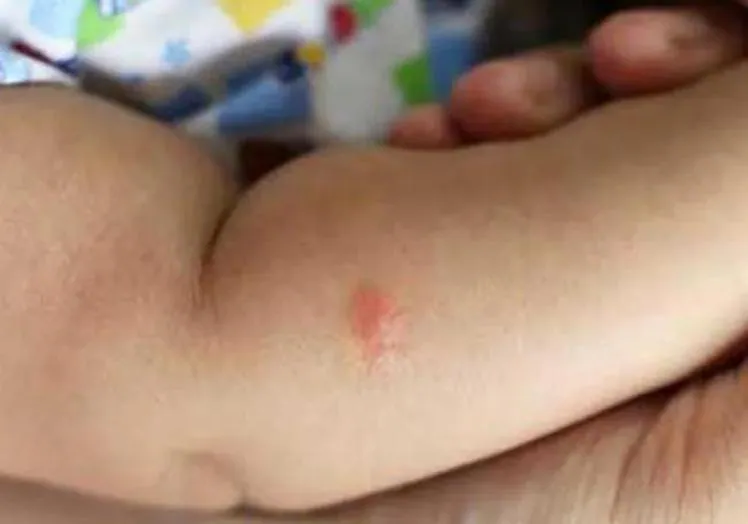
Mosquitoes attack us in summer because the heat favours their activity. Female mosquitoes need blood to form eggs and they absorb blood from the small blood vessels in our skin. Their saliva comes into contact with the body that, in order to defend itself, produces histamine, and it is this substance that causes the redness and itching. The welts or weals and severe itching appear around two hours after the sting, last for one or two days and are usually the only mild after-effects we tend to suffer. It is enough to wash the area with soap and water and avoid scratching the lump to avoid causing an infection. One of the greatest risks is the possibility of disease transmission.
Horseflies
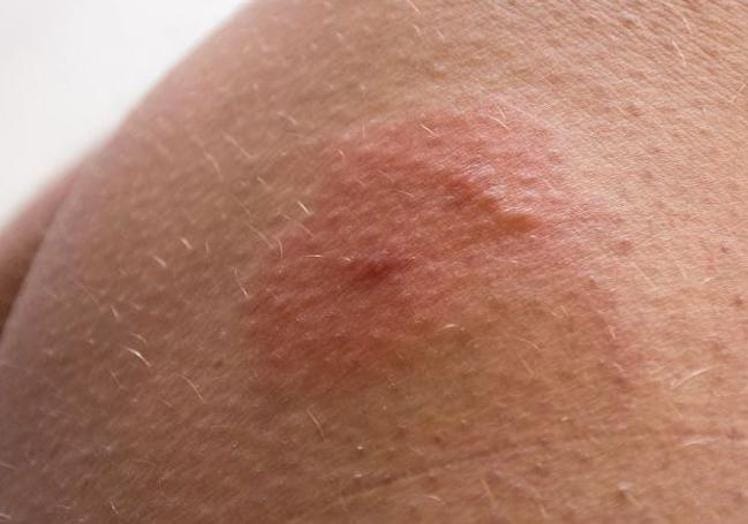
Unlike mosquitoes, horseflies do not sting, they give a proper bite, causing more pain and a sharp burning sensation with inflammation. They are attracted to visual stimuli such as movement and colours of clothing. In this case, horseflies go for the dark colours whereas mosquitoes prefer brighter shades. An effective remedy to treat the bite is to wash the affected area with water and apply ammonia.
Bees and wasps
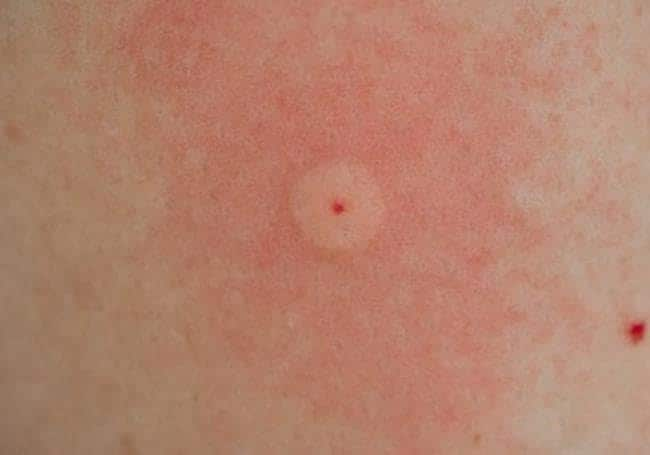
They sting to defend themselves, not to feed. The wasp can insert its smooth stinger several times, while the bee's stinger is like a small saw and lodges itself in the skin. When they inject the stinger, they release a venom that causes pain and inflammation. Whenever possible, remove it. Be careful if the reaction to the sting spreads all over the body as this means a severe allergic reaction and you should seek immediate help.
Ticks
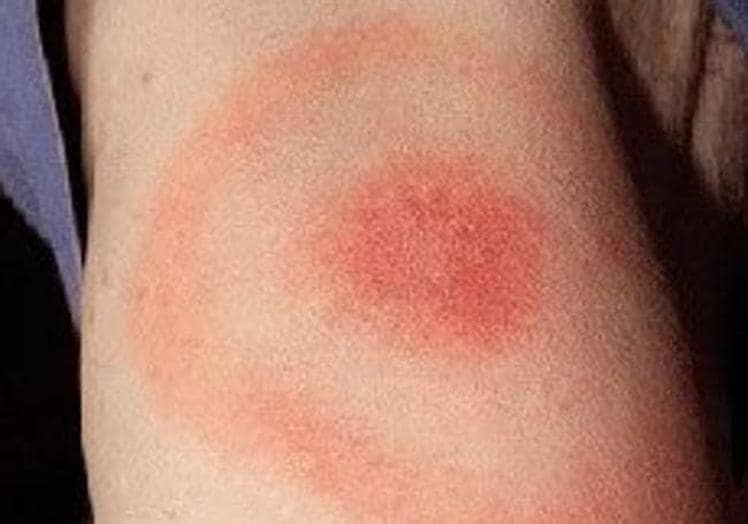
Tick bites cause a very characteristic lesion in the shape of a bullseye target. These little bugs should preferably be removed with tweezers, "always pulling upwards, although the ideal is to go to a health centre to have it removed by a doctor. If you remove it at home or outdoors, it is a good idea to keep it and take it to an outpatient clinic for identification." Their bites can transmit Lyme disease.
Fleas
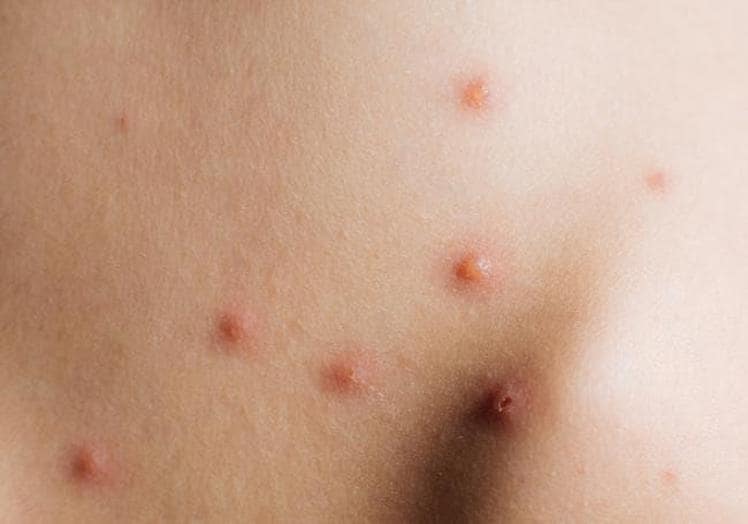
Fleas become active in the warmer months, so be on your guard right now. A trick to recognise their bites is that they are tiny and appear in threes. Fleas, which feed on the excrement of other insects, dust and the hair and flaking skin of pets, usually hide in carpets, sofas, mattresses. The most effective way to get rid of them is to vacuum thoroughly and then spray with an insecticide.
Spiders
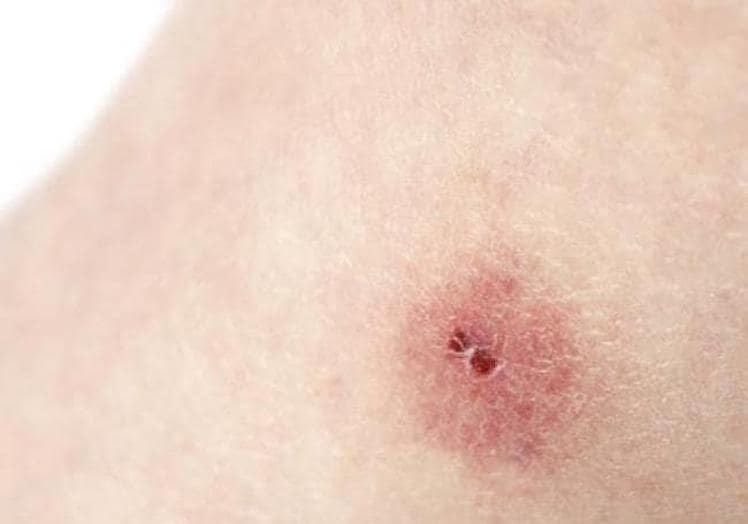
Most spider bites do not go all the way through the skin, so the reactions they usually cause are mild. The appearance and symptoms are similar to those of other insect bites (red, swollen, sometimes an itchy or painful bump on the skin...) and they can sometimes go unnoticed. The best thing to do is to wash the affected area with soap and water and then apply a cold compress or ice.
